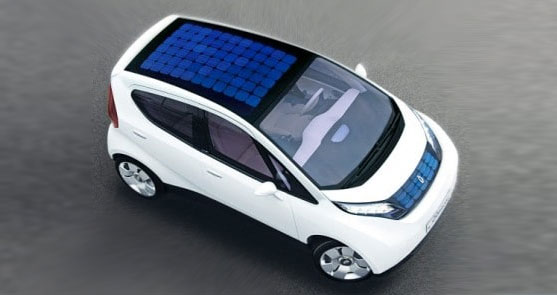Blog Detail


Solar Energy - An Efficient Power Resource
28-05-2019

The Solar Car is a basic four-wheeled vehicle driven by an electric motor that has designed solar panel for power. Motor transfers power to the wheels through gears. The car runs on a smooth level surface from 25% sunlight upwards. Solar cars depend on Photo Voltaic (PV) cells to convert sunlight into electricity to drive electric motors. Solar thermal energy converts solar energy to heat and PV cells directly convert sunlight into electricity.
The photovoltaic effect is the creation of voltage and electric current in a material upon exposure to light and is a physical and chemical property/phenomenon. The photovoltaic effect phenomenon is related to the photoelectric effect. In photovoltaic or photoelectric effect, light is absorbed, causing excitation of an electron or other charge carriers to a higher-energy state. When the electron is ejected out of the material (usually into a vacuum) it is known as photoelectric effect and when the excited charge carrier is still contained within the material it is known as the photovoltaic effect. In any of these two case, an electric potential (or voltage) is produced by the separation of charges, and the light has to have a sufficient energy to overcome the potential barrier for excitation. The Solar cell is also called as the photovoltaic cell which uses the radiations of sunlight. In regards to a p-n junction solar cell, illuminating the material in the solar cell creates an electric current as excited electrons and the remaining holes from the solar cell are swept in different directions by the built-in electric field of the depletion region.
Solar-powered cars are built with ultra-light materials in order to compensate for the energy constraints inherent in the technology. Inclusive of basic equipment and solar PV cells, solar-powered cars often have added features of battery packs which are used to store generated electricity, and thereby allow travel even when the sun isn’t out (or the sunlight isn’t very strong). There are few limitations which have to be considered in the design process of solar-powered cars, such as space limitations on the surface and roof of a vehicle for solar cells (energy and range limitations) and also a limited capacity to carry heavy batteries. The high cost of PV cells is another technological drawback. Researchers are working on such limitations and an efficient fully solar-powered car may be hitting the road in a few years’ time.
These are some of the operations and observations that the Jain (Deemed-to-be University) ’s School of Engineering and Technology encourages its Electrical Engineering students to experiment and immerse into.